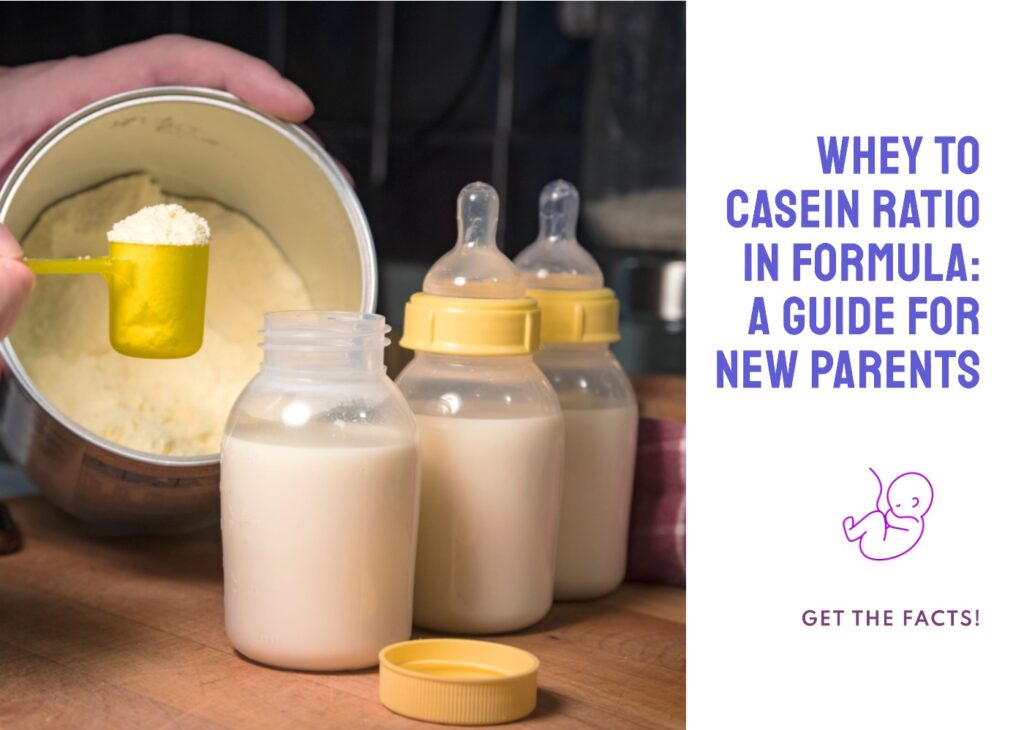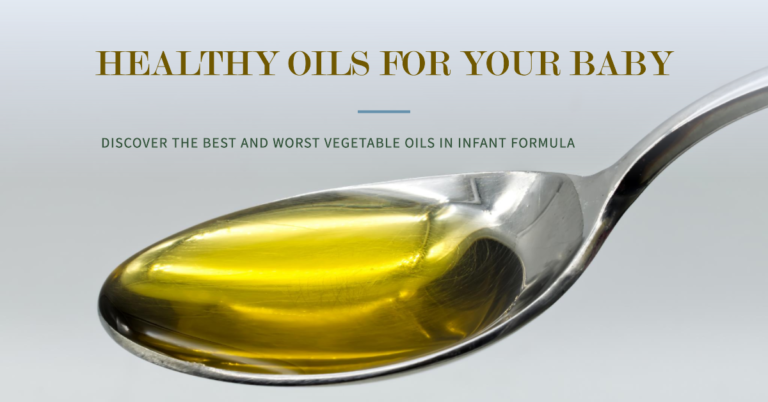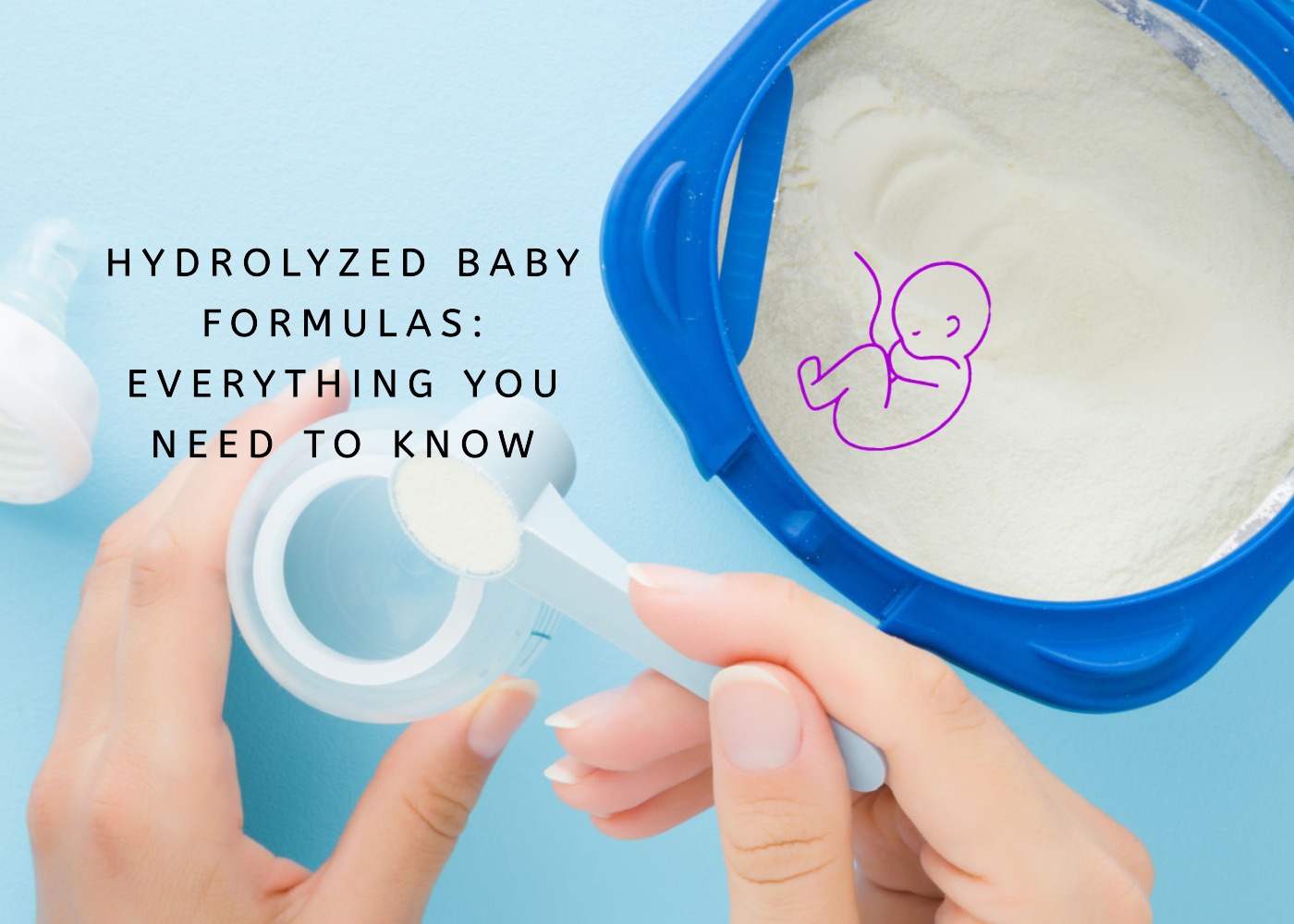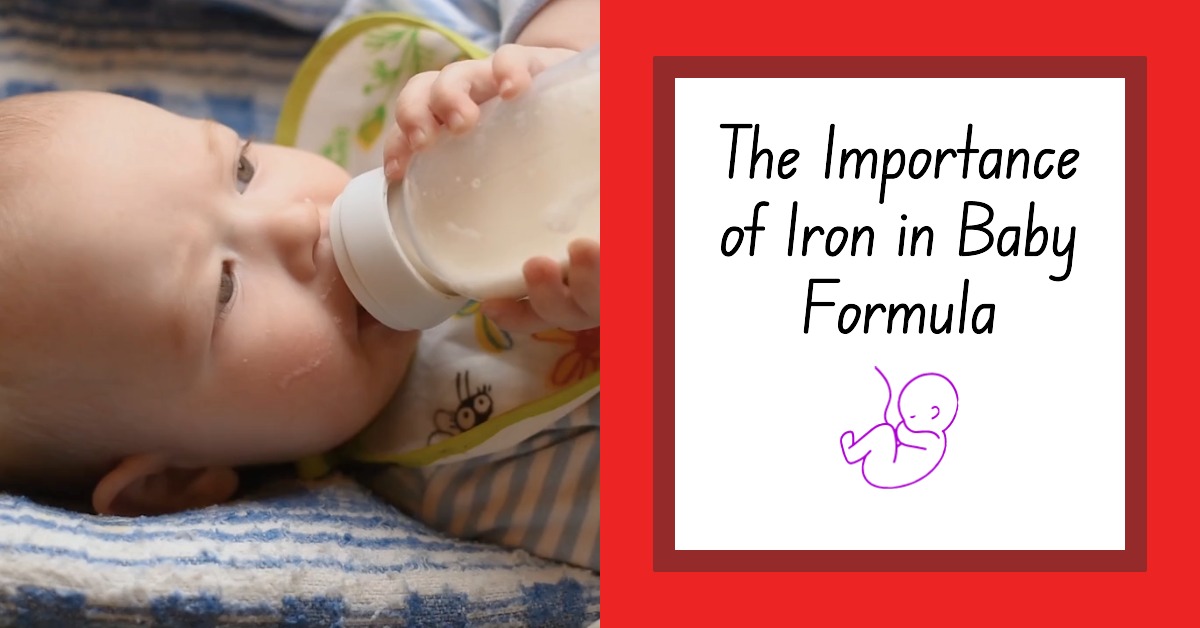
Key Takeaways: Whey-To-Casein Ratio in Baby Formula
Key Takeaway Description Understanding Proteins Whey is a fast-digesting protein (60-80% in breast milk), while casein is a slow-digesting one (20-40% in breast milk), providing long-lasting energy. Whey-to-Casein Ratio The ratio in mature breast milk is about 60:40, which is the overall best for baby formula Allergies and Intolerances The ratio can influence allergies or intolerances. Whey is less likely to provoke allergic reactions. If an intolerance or allergy is suspected, specialized formulas may be necessary. Specialized Formulas Formulas with different whey-to-casein ratios exist, from whey-dominant to casein-dominant, depending on baby’s needs. Choosing the Right Formula ✔️ Consider your baby’s individual needs, potential allergies, and consult with a healthcare professional when needed. Monitoring Baby’s Reaction Observe digestive health, steady weight gain, and overall growth to ensure proper absorption of nutrients. Dealing with Formula Intolerance Possible solutions include switching to a different formula with a different ratio, using specialized formulas, probiotics, or prescribed medications. Always consult a healthcare professional for advice. Main Factors in Choosing Formula The origin of the ingredients, absence of unnecessary additives, and the whey-to-casein ratio are crucial factors when choosing a baby formula.
This post aims to help new parents better understand the “whey to casein ratio” concept in infant formulas so that they can make an informed decision when purchasing a formula for their baby.
Let’s get after it!
Our Short opinion and experience
The whey-to-casein ratio is one of many factors to consider when choosing a formula for your baby.
While we don’t consider it the #1 factor, it is in the top 3, the first being the source of the ingredients and the absence of unnecessary additives or chemical processes.
Generally, a formula with a 60:40 or 50:50 whey-to-casein ratio is perfect.
However, if your baby has specific needs, a formula with a different ratio may be more suitable, either whey or more casein.
What are whey and casein proteins?
Whey protein is fast-digesting, ideal for infants, athletes, and recovery.
Casein digests slowly, providing long-lasting energy and supporting bone and teeth growth.
Whey and casein are two different types of proteins found in milk, each with unique characteristics.
Whey protein:
Often known as alpha-lactalbumin or whey protein fraction, it is a fast-digesting protein, which means it’s quickly absorbed by the body. This makes it an ideal protein source for infants, athletes, and individuals in recovery. It’s a complete protein containing all nine essential amino acids our bodies can’t produce. In human milk, it makes up about 60-80% of the total protein content.
Casein:
Also known as beta-casein, it digests slowly, forming a gel-like substance in the stomach. This property allows it to release amino acids into the bloodstream over an extended period, providing long-lasting energy. It’s particularly efficient at binding to calcium, contributing to the growth of bones and teeth. Casein accounts for approximately 20-40% of the protein in human breast milk.
What Is The Whey-To-Casein Ratio In Breast Milk?
The whey-to-casein ratio is about 60:40 in mature breast milk, promoting rapid growth and a strong immune system.
Casein provides a sustained release of amino acids and feelings of fullness.
In mature human breast milk, the whey-to-casein ratio is approximately 60:40. Whey proteins, constituting about 60% of the total proteins, are highly digestible and include vital components such as beta-lactoglobulin, alpha-lactalbumin, lactoferrin, and immunoglobulins. These elements promote the baby’s immune system and support rapid growth in the early stages of life.
Casein, on the other hand, makes up about 40% of the proteins. Although it is less digestible than whey, casein still has high nutritional quality. It promotes a slower digestion process, which provides a sustained release of amino acids, supporting continuous growth and promoting feelings of fullness.
While cow’s milk has a drastically different ratio, skewing towards casein (approximately 20:80, whey-to-casein), human milk is designed to be more gentle and beneficial for the infant’s delicate digestive system.
However, it’s essential to note that the precise whey-to-casein ratio can vary slightly among mothers due to diet and lifestyle. Still, generally, mature breast milk maintains a relatively consistent ratio.
| Weeks Postpartum | Whey-to-Casein Ratio |
|---|---|
| 0-1 | 90:10 |
| 1-2 | 80:20 |
| 2-4 | 70:30 |
| 4-12 | 60:40 |
| 12+ | 50:50 |
Can the Whey-to-Caitin Ratio Affect My Baby’s Allergies Or Intolerances?
The whey-to-casein ratio in formula can affect allergies.
Whey is easily digestible and less likely to cause reactions, while casein may increase the risk of intolerance.
Monitoring and consulting a pediatrician is crucial. Specialty formulas like hydrolyzed protein or amino acid-based formulas are recommended for babies with allergies.
Certainly, the whey-to-casein ratio in your baby’s formula can influence allergies or intolerances. *Read: Baby Formula Allergies
Whey is known to be easily digestible and less likely to provoke allergic reactions, making it beneficial for infants’ sensitive systems. Because of its hypoallergenic properties, many hypoallergenic and comfort formulas contain a higher whey content.
On the contrary, casein is more difficult to digest and may lead to a higher risk of intolerance or allergy.
The ideal whey-to-casein ratio can vary from baby to baby.
Some infants might still show allergic reactions or symptoms of intolerance despite consuming a formula with a higher whey content.
It’s always essential for parents to monitor their baby’s response and consult with a pediatrician if they suspect an intolerance or allergy.
In cases where a baby cannot tolerate standard formulas, specialty formulas such as hydrolyzed protein or amino acid-based formulas are typically recommended.
Hydrolyzed protein formulas contain proteins broken down into smaller fragments, thus easing digestion and reducing potential allergenicity.
Similarly, amino acid-based formulas offer individual amino acids, bypassing the need for digestion altogether, making them a preferred choice for infants with severe allergies.
Are There Specialized Formulas With Different Whey To Casein Ratios?
Yes, there indeed exists a range of specialized infant formulas with differing whey to casein ratios.
Whey-Dominant Formula: Some formulas are designed to have a higher whey-to-casein ratio, similar to colostrum and early breast milk. These formulas often have a ratio of around 60:40 or higher, with a greater proportion of whey protein. More and more formulas are adopting this ratio since it is best for most babies.
Standard Formula: Most commercial infant formulas have a whey-to-casein ratio of around 50:50, similar to mature breast milk.
Casein-Dominant Formula: In certain cases, infants with specific feeding needs may require a formula with a higher casein content. These formulas have a lower whey-to-casein ratio, often around 20:80 or lower, and are used in specific medical conditions or for infants who have difficulty digesting whey protein.
How To Choose The Right Baby Formula With The Appropriate Whey To Casein Ratio
Consider your baby’s individual needs and any special dietary requirements. Look for trusted brands that disclose their whey-to-casein ratio. Consider any allergies or intolerances your baby may have, and consult with a healthcare professional if necessary.
Factors To Consider When Choosing A Baby Formula
Protein content: Look for formulas with high-quality milk. A ratio of 60:40 or 50:50 of whey to casein is recommended.
Carbohydrate source: Lactose is the primary carbohydrate in breast milk and should be the first ingredient in formula. Avoid formulas with added sweeteners or corn syrup unless your baby can’t digest lactose properly.
Fat content: The type and amount of fat in formula can affect your baby’s digestion and nutrient absorption. Choose formulas with a vegetable oil blend that provides essential omega-3 and omega-6 fatty acids. Avoid non-organic palm oil. *Read: Palm oil in Baby Formula
Iron-fortified: Most infant formulas are iron-fortified but this is not necessary for all babies.
Allergies/intolerances: If your family has a history of allergies or intolerances, talk to your pediatrician about hypoallergenic or specialized formula options.
Trusted Brands And Their Whey To Casein Ratios
Here you have some of our favorite formulas and their whey-to-casein ratios:
| Formula | Whey-to-Casein Ratio |
|---|---|
| Kendamil Organic Stage 1 | 60:40 |
| Holle Stage 1 | 60:40 |
| Hipp Combiotik Stage 1 | 60:40 |
| Bobbie | 60:40 |
| Nannycare Stage 1 (goat milk) | 20:80 |
| Jovie Stage 1 (goat milk) | 60:40 |
How Can I Tell If My Baby Is Reacting Well To The Whey To Casein Ratio In Their Formula?
Observe your baby’s digestive health, such as the frequency and consistency of their bowel movements, and look for signs of good nutritional absorption, including steady weight gain and continuous growth.
Observing Your Baby’s Digestive Health
Keep track of your baby’s bowel movements – frequency, consistency, and color.
Look out for any signs of discomfort during feeding such as fussiness, gassiness, or spit-up.
Observe if your baby is gaining weight at a healthy rate.
Monitor your baby’s appetite and feeding patterns for any changes.
Notice any signs of distress in the stomach such as bloating or colic.
Check for any rashes around the mouth or diaper area.
Signs Of Good Nutritional Absorption In Your Baby
Steady weight gain: Ideally, your baby should gain weight steadily after the initial few days of life. A good rule of thumb is that a newborn should gain between 5-7 oz per week.
Regular bowel movements: During the first few months, babies usually have several bowel movements each day, indicating they are digesting their food and absorbing nutrients properly.
Alertness and awareness: Proper nutrition helps with cognitive development, making babies more alert and responsive.
Good sleep patterns: Babies who are getting proper nutrition often sleep well during the night and take regular naps during the day.
Healthy skin and hair: Proper nutrition can manifest in healthy-looking skin and hair for your little one.
Age-appropriate Developmental Milestones: Babies require adequate nutrition to meet developmental milestones such as crawling, sitting up, walking, etc.
What If My Baby Doesn’t Tolerate The Current Whey To Casein Ratio In Their Formula?
Possible solutions for formula intolerance include switching to a different formula with a different whey-to-casein ratio or specialized formulas, considering probiotics, implementing an elimination diet for breastfeeding mothers, or using medications as prescribed.
Consult a healthcare professional if there are signs of intolerance.
Possible Solutions For Formula Intolerance
Switching to a different formula: Many infants with formula intolerance may benefit from trying a different formula with a different whey-to-casein ratio or using extensively hydrolyzed proteins.
Specialized formulas: In some cases, your baby’s healthcare provider may recommend specialized formulas like soy-based or amino acid-based formulas. *Read: How to switch to Hypoallergenic Formula
Probiotics: Probiotics may help improve digestion and reduce symptoms of formula intolerance in infants.
Elimination diet: An elimination diet might be necessary for breastfeeding mothers if their baby is exhibiting signs of food allergies or intolerances.
Medications: Antacids or other medications may be prescribed by your baby’s healthcare provider to help relieve symptoms of acid reflux or other digestive issues caused by formula intolerance.
When To Consult A Healthcare Professional About Your Baby’s Formula
It is important to monitor your baby’s response to their formula and look for signs of intolerance, such as excessive fussiness or gas. If you notice any concerning symptoms, it may be time to talk to a healthcare professional about adjusting the whey-to-casein ratio in your baby’s formula or switching to a specialized formula.
Conclusion
Thank you for reading the entire article.
The whey-to-casein ratio is one of many factors to consider before choosing an infant formula.
While it is true that as a general rule, a 60:40 whey to casein ratio is best, for some specific cases it will be necessary to switch to a formula with another ratio.
While this is an important factor, it is not the most important factor in choosing a formula. The first, in our opinion as parents and nutritionists, is the origin of the food used to manufacture the formula and the absence of unnecessary chemicals or additives.
We’re Maria and Alberto, a married couple and educators who are nutrition enthusiasts. Even before we had kids, we were already crazy about nutrition.
We’d read scientific articles, watch videos from nutritionists, and spend hours listening to nutrition podcasts.
Today, we continue doing this, but in a different way, as we’ve learned to sift through the noise and trends. Nutrition, like any other field of knowledge, the more you read and learn, the more you develop a comprehensive understanding of reality, and that’s what has happened to us.
Before having our first child, we focused on learning everything we could about child nutrition, using the same techniques we had already employed, backed by our extensive knowledge in nutrition.
Our mission is to help other parents with their children’s nutrition, to help them become the best versions of themselves.
If we are what we eat and drink, which is absolutely true, let’s do it right!







